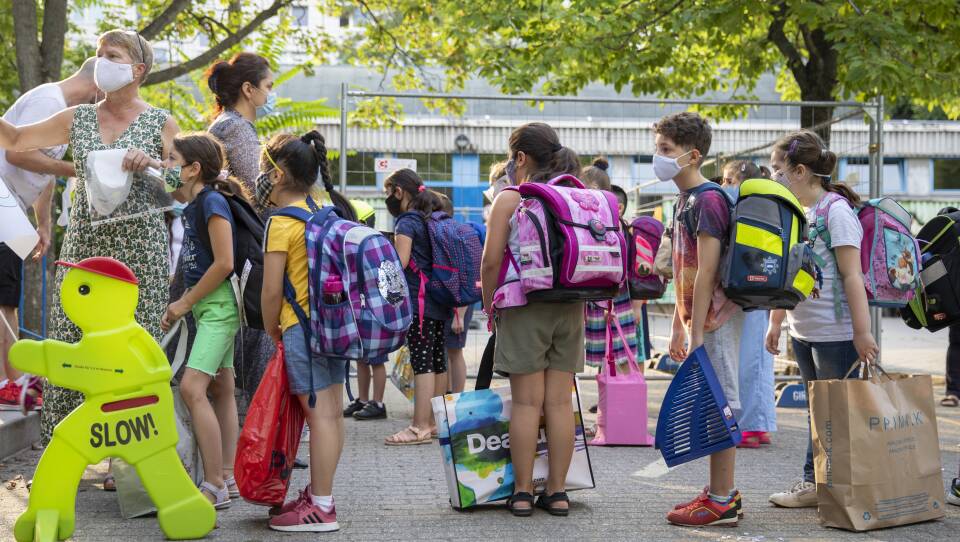[Coverage Developing] New guidance state education officials issued Friday urges almost all communities in Massachusetts to bring K-12 students back into schools for in-person learning, increasing the Baker administration's pressure on municipalities not to lean too heavily on remote or hybrid models.
All schools across the four color-coded risk categories will now be expected to prioritize educating students in physical buildings unless there has been evidence of in-school COVID transmission, Education Secretary James Peyser said. Those in communities placed in the red, highest-risk category should consider hybrid models instead of shifting to fully remote options.
Remote or hybrid models should be deployed in limited cases, Peyser said, warning that remote learning "should only be used as a last resort" because of the emotional toll that isolation inflicts on children and the learning gaps it exacerbates.
Gov. Charlie Baker and other administration officials have been increasingly arguing that there is little evidence linking COVID-19 transmission to in-person schooling. They have also been ramping up the push to bring students back in most communities, even as local officials in some cities and towns opt for remote models as a precaution.
Officials announced the new guidance Friday alongside a new system for measuring pandemic risks in cities and towns.
The new metrics, which account for population gaps between communities and include testing rates rather than measuring just case rates, changed the outlook on the ground: last week, 121 municipalities landed in the red category, but only 16 will fall into that highest-risk designation under the new system, officials said.




